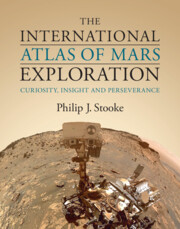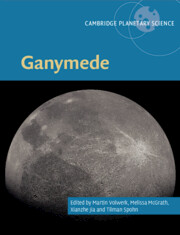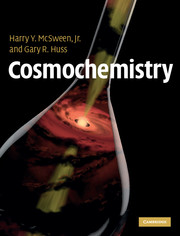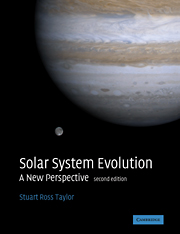Vesta and Ceres
The NASA Dawn mission, launched in 2007, aimed to visit two of the most massive protoplanets of the main asteroid belt: Vesta and Ceres. The aim was to further our understanding of the earliest days of the Solar System, and compare the two bodies to better understand their formation and evolution. This book summarises state-of-the-art results from the mission, and discusses the implications for our understanding not only of the asteroid belt but the entire Solar System. It comprises of three parts: Part 1 provides an overview of the main belt asteroids and provides an introduction to the Dawn mission; Part 2 presents key findings from the mission; and Part 3 discusses how these findings provide insights into the formation and evolution of the Solar System. This is a definitive reference for academic researchers and professionals of planetary science, asteroid science and space exploration.
- Presents the scientific rationale for the Dawn mission to Vesta and Ceres
- Describes the mission, its operation and science results
- Collects new-found knowledge of the fundamental processes in the early Solar System, such as planetesimal differentiation and migration
- Provides the most up-to-date understanding on these topics from meteorite studies, as well as geophysical and dynamical models
Reviews & endorsements
'As Vesta and Ceres are two of the most massive asteroids in the main belt, they are of significant interest for researchers who study theories of the formation of Earth and the other terrestrial planets. This work facilitates interdisciplinary study by astronomers, planetary scientists, astrobiologists, and others interested in the formation and evolution of the main belt asteroids … Highly recommended.' C. Palma, Choice
Product details
No date availableAdobe eBook Reader
9781108847735
0 pages
Table of Contents
- List of contributors
- Preface
- Part I. Remote Observations and Exploration of Main Belt Asteroids:
- 1. Remote observations of the main belt Pierre Vernazza, Fumihiko Usui and Sunao Hasegawa
- 2. Exploring Vesta and Ceres Christopher T. Russell and Marc D. Rayman
- Part II. Key Results from Dawn Exploration of Vesta and Ceres:
- 3. Protoplanet Vesta and HED meteorites Harry Y. McSween Jr. and Richard P. Binzel
- 4. The internal evolution of Vesta Michael J. Toplis and Doris Breuer
- 5. Vesta's geomorphology Debra L. Buczkowski, Ralf Jaumann and Simone Marchi
- 6. The surface composition of Vesta Jean-Philippe Combe and Naoyuki Yamashita
- 7. Ceres' surface composition Maria Cristina De Sanctis and Andrea Raponi
- 8. Carbon and organic matter on Ceres Thomas Prettyman, Maria Cristina De Sanctis and Simone Marchi
- 9. Ammonia on Ceres Eleonora Ammannito and Bethany Ehlmann
- 10. Geomorphology of Ceres David A. Williams, Andreas Nathues and Jennifer E. C. Scully
- 11. Ceres' internal evolution Julie Castillo-Rogez and Philip Bland
- 12. Geophysics of Vesta and Ceres Anton I. Ermakov and Carol A. Raymond
- Part III. Implications for the Formation and Evolution of the Solar System:
- 13. Formation of main belt asteroids Hubert Klahr, Marco Delbo and Konstantin Gerbig
- 14. Isotopic constraints on the formation of the main belt Katherine R. Bermingham and Thomas S. Kruijer
- 15. Origin and dynamical evolution of main belt asteroids Sean N. Raymond and David Nesvorný
- 16. Collisional evolution of the main belt as recorded by Vesta William F. Bottke and Martin Jutzi
- 17. Epilogue: the renaissance of main belt science Simone Marchi, Carol A. Raymond and Christopher T. Russell
- Index.








